Support us
As a charity we rely on your donations to fund our free exhibitions, school activities and online resources
Empowering medical excellence, shaping healthcare futures.
Bathing has been prescribed as a treatment in one form or another since at least the time of Ancient Greece.
From the 16th century what had at one time been holy sites of pilgrimage, many associated with healing, were adapted by Protestant reformers to fit their new model of faith. In Denmark, for example, belief in holy springs was initially abolished by royal decree in 1570, but when this was clearly ignored they turned instead to emphasising that the healing power of the springs was due to the grace of God, not due to some saint or other force inherent in the spring.
The growth in the 17th and 18th centuries of spa towns, particularly in Protestant Germany and England, stem in part from these roots.
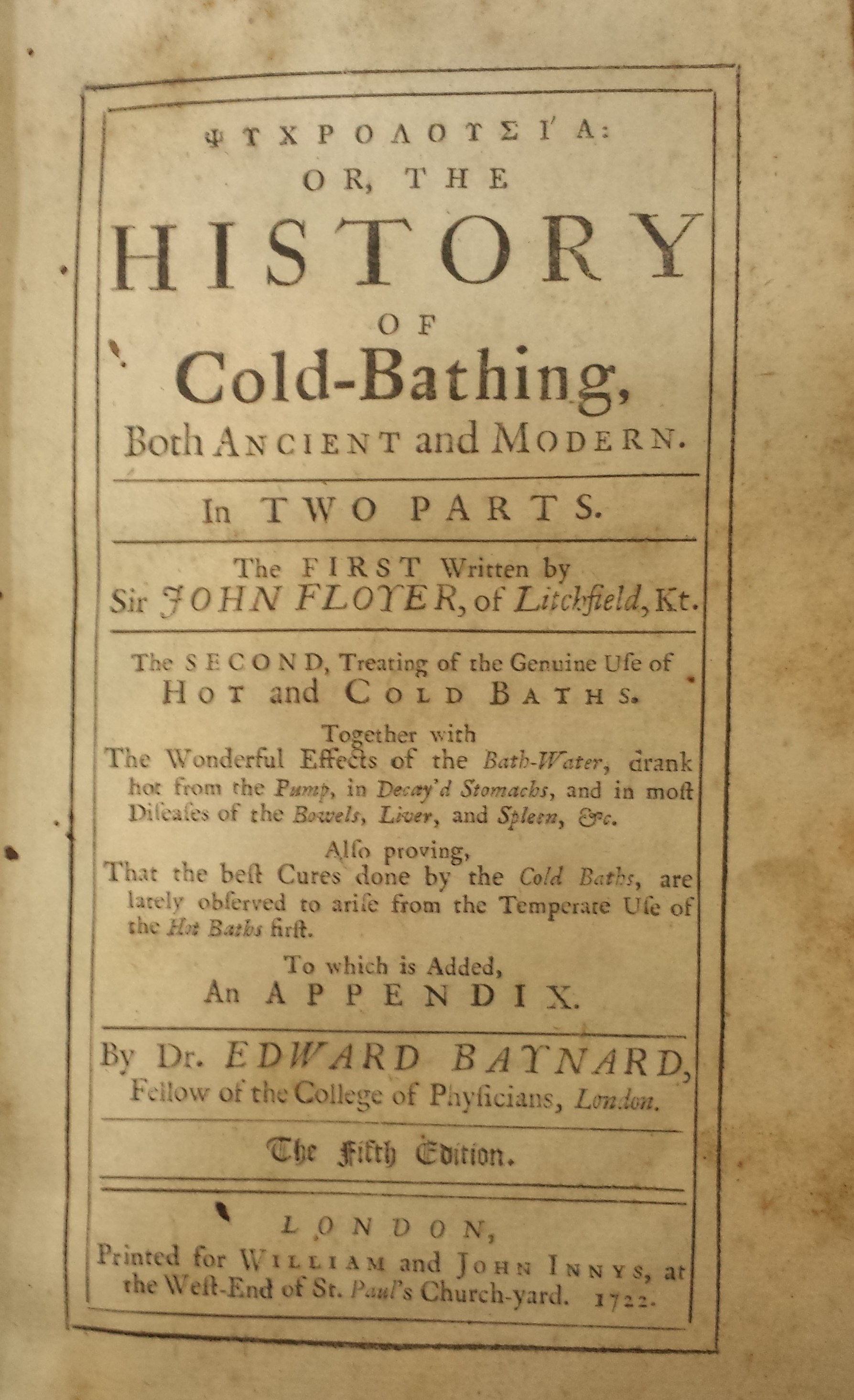
'The history of cold bathing, both ancient and modern', John Floyer and Edward Banyard, 1722
Conditions which were believed to be treatable by bathing included: nightmares, leprosy, plague, rickets, inflammation of the eyes, 'female complaints', hysteria, gout, constipation, blows to the head, numbness, bronchitis, cancer, and flatulence.
Although some of the instructions seem to have been delivered in riddle-like form:
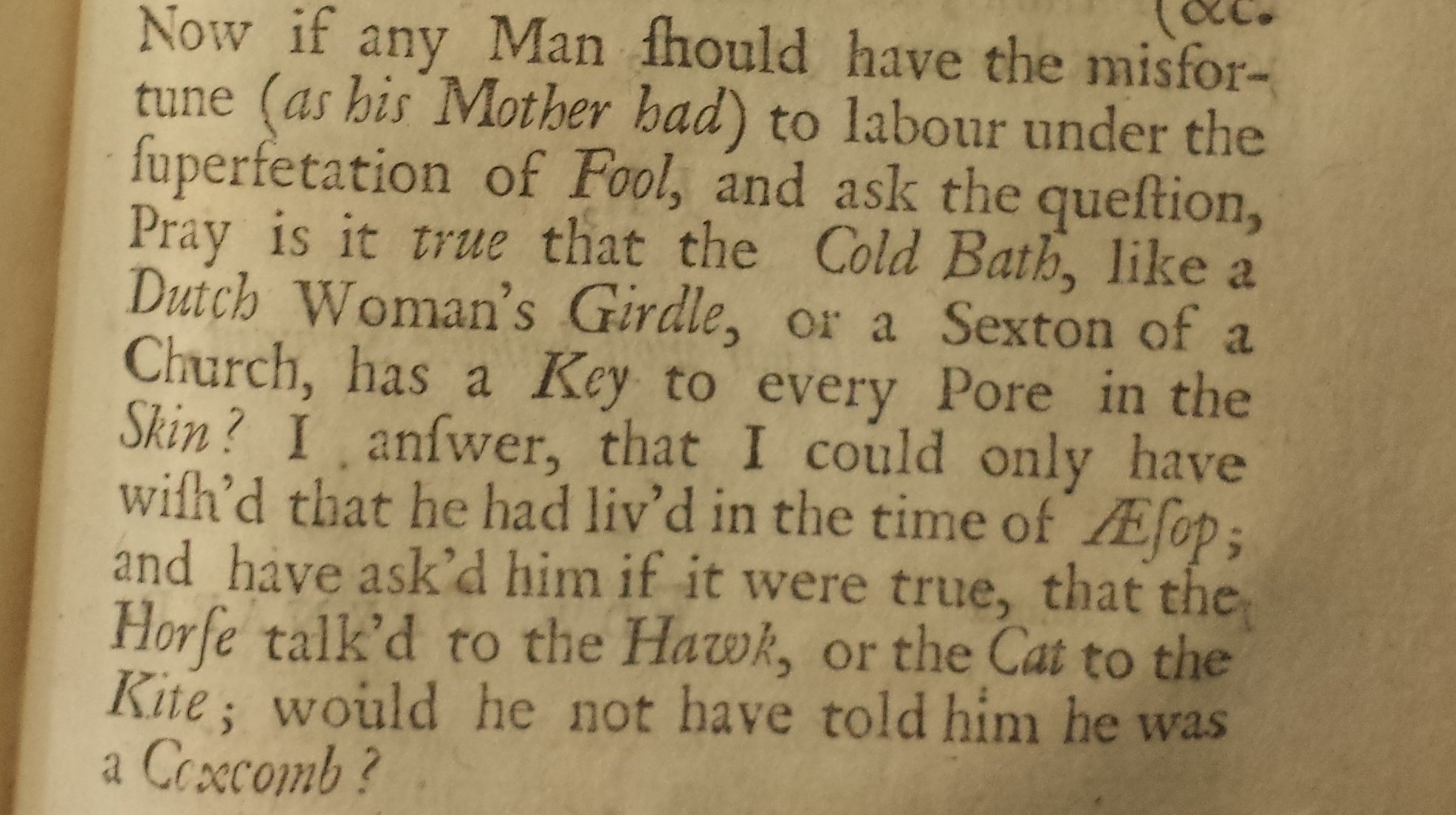
'The history of cold bathing, both ancient and modern', John Floyer and Edward Banyard, 1722
At the other end of the scale from the luxurious spas was the medicinal use of bathing in madhouses – plunges into cold bathing being used alongside purges, vomiting, and restraints in an attempt to treat patients. One example was known as ‘the surprise’, and it consisted of a coffin with holes drilled in the lid, where the patient was fastened before being lowered into water.
Although by the late 18th century treatment models had begun to shift, and what became known as ‘moral management’ began to push out the coffin baths and other more aggressive treatments.
The consultation letters of William Cullen (which can be viewed online at http://www.cullenproject.ac.uk/) give a great deal of insight into the prescription of bathing to patients in the 18th century.
The type of bathing prescribed depended on the nature of the condition and how advanced it was. It could take the form of: full body bathing, head bathing, leg bathing, or feet bathing. It could also be either fresh water bathing or sea water bathing. It could be hold, cold, warm or tepid bathing. Or, indeed, cold water injections (i.e. enemas). There was also steam bathing, spray bathing, bandage bathing and mud bathing. And it could be shower bathing or seated bathing or, as one prescription is described, ‘Cold Bath of Pails of Water thrown upon me from Head to foot’
The use of bathing as a treatment for such a wide array of diseases and disorders began to fade out in the 19th century, replaced by increased emphasis on public health – hand washing, cleaning the home, and general sanitation.
The notable exception to this was the hydropathy movement, which was part of a succession of treatments invented in the nineteenth century which became known as ‘alternative medicine’, including homeopathy, osteopathy and chiropractic. Invented by an illiterate Austrian farmer, his initial notion that soaking bandages in cold water before application cured broken ribs resulted in the setting up of treatment resorts all over the world, with patients including Charles Dickens and Charles Darwin.
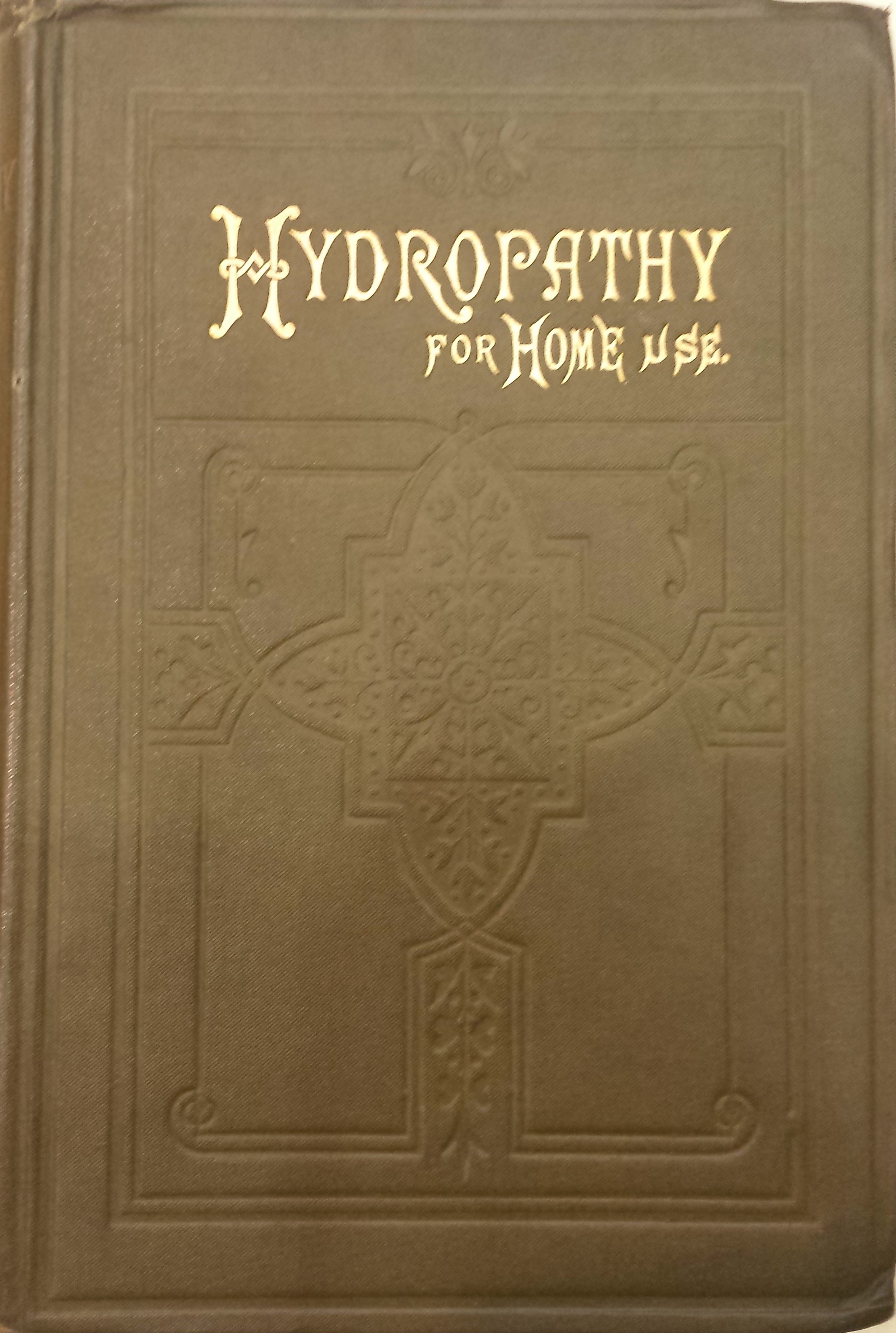
‘Hydropathy for Home Use: Chiefly Intended for Mothers and Families’, Archibald Hunter, 1881
This book’s table of contents add up to a hefty and densely written 27 pages, with headings such as:
‘Water, the Natural Remedy, evidencing Divine Intention as Restorer of Health’
‘Water the Agent provided by Deity’
'Knowledge and judgement should control all our appetites'
'Imperative, Universal, and Benificient Law, based on Design'
Along with detailed instructions about how to feed and dress your children, not to drink or eat red meat, not to curse and how often to pray. Which gives an idea of the scope of the publication, and of the movement generally.
Emphasis on bathing, of both the sea and spa varieties, continued throughout the Victorian era and into the 20th century, although Britain's spas decreased in popularity as people began in large numbers to visit spas overseas. With the exception of rheumatism, any evidence as to bathing being a definitive treatment of specific conditions was hard to come by.
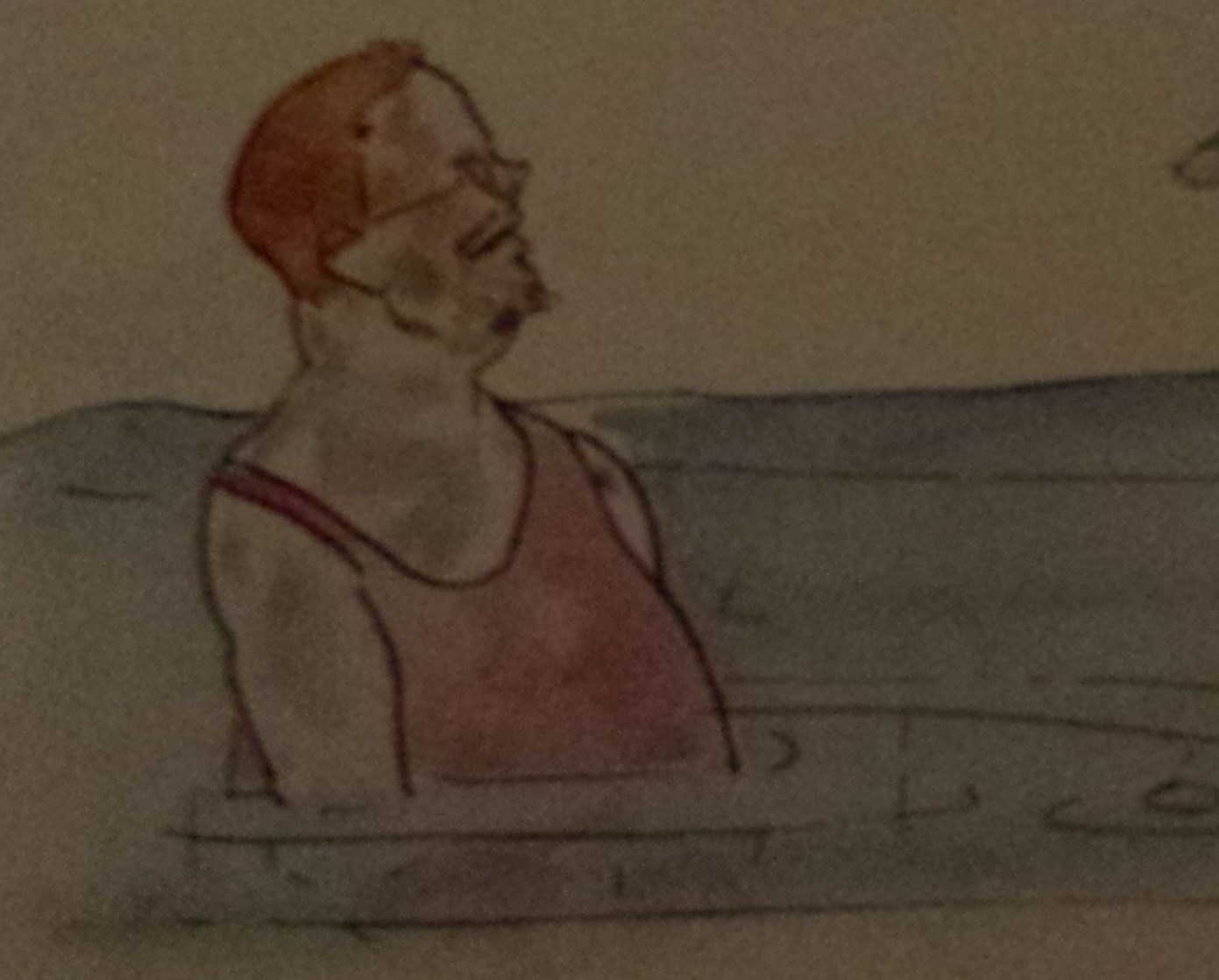
Caricature of man sea bathing in Dorset, 1914
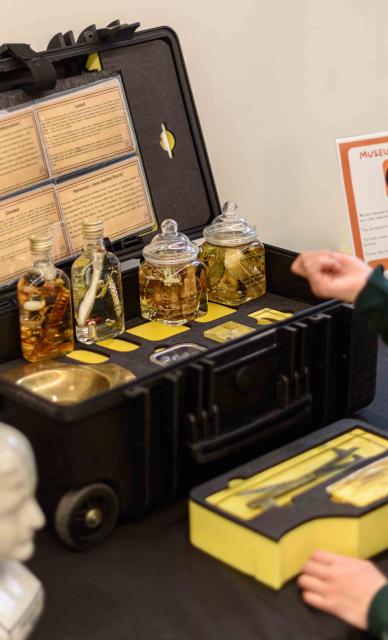
Support us
As a charity we rely on your donations to fund our free exhibitions, school activities and online resources